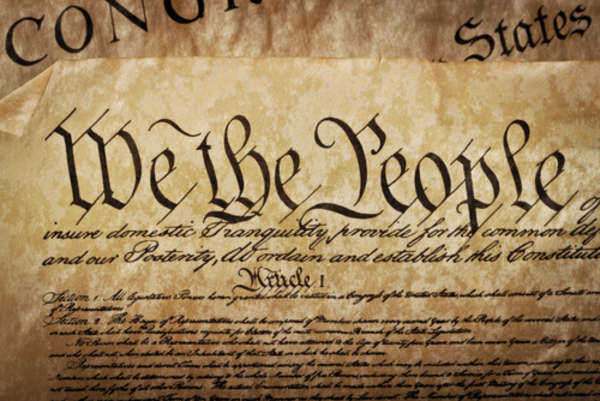Table of Contents

Understanding the Majority Vote in the United States: A Comprehensive Guide
What is a Majority Vote in the US?
How Does the Majority Vote Work in the US Electoral Process?
The Implications of the Majority Vote in the US
Conclusion
The electoral college is a system based upon a majority, as opposed to a plurality. The key difference is simply that a majority-based system will only provide election success to the individual or party that earns over half the votes, while a plurality-based system will give election success to the individual or party that earns the most votes.
The difference seems to be rooted in semantics, but it is important, especially when viewed in light of the electoral college, which changes the idea of the majority from what it might be in a popular vote.
If the American presidential election system as established by the Second Article of the Constitution and the Twelfth Amendment were a plurality-based system, then a candidate voted for by only a small fraction of the country might win the election. This is because that candidate would only have to earn more electoral votes in the electoral college than all the other candidates in order to win.
If there were a great many candidates, then each one would steal some votes from the others In that event what would likely wind up happening is that no one of those many candidates would actually win a majority of votes, while one would win a plurality of electoral votes. This would, as described earlier, have the unfortunate side effect of resulting in a President-Elect who was not actually voted for by a majority of voters in the electoral college, and therefore, by extension was likely not voted for by a majority of citizens in America.
Instead of such a system, the electoral college uses a system based on majority, in which the candidate with the most electoral votes still wins, but that candidate has to have at least half of all the total votes in order to successfully win the election outright. If no candidate earns such a majority of electoral votes, then the decision of which candidate wins the race would actually fall to the House of Representatives according to the Twelfth Amendment. The House of Representatives would be able to vote on the top three receivers of electoral votes, but would still need to reach a quorum to elect any of those candidates.
The majority required of the electoral college is not a majority of citizens in the country and is detached from the popular vote. The majority is instead an absolute majority of electoral votes, which means that it is a majority made up of over half of all possible votes in the electoral college. This is different from a simple majority, which would be over half of all the votes that are actually entered into the system.
For instance, an elector can, theoretically, abstain from a vote, but this would not change the fact that the elector would be counted for purposes of determining the absolute majority of electoral votes. In theory, a given candidate can win an absolute majority of 270 electoral votes (at the current time) without winning a majority of the popular vote.
This is, however, difficult in practice, as most cases in which a candidate wins a majority of votes in the electoral college also involves that candidate winning a majority of the popular vote, and those situations in which the candidate did not win the popular vote were very close elections.

























